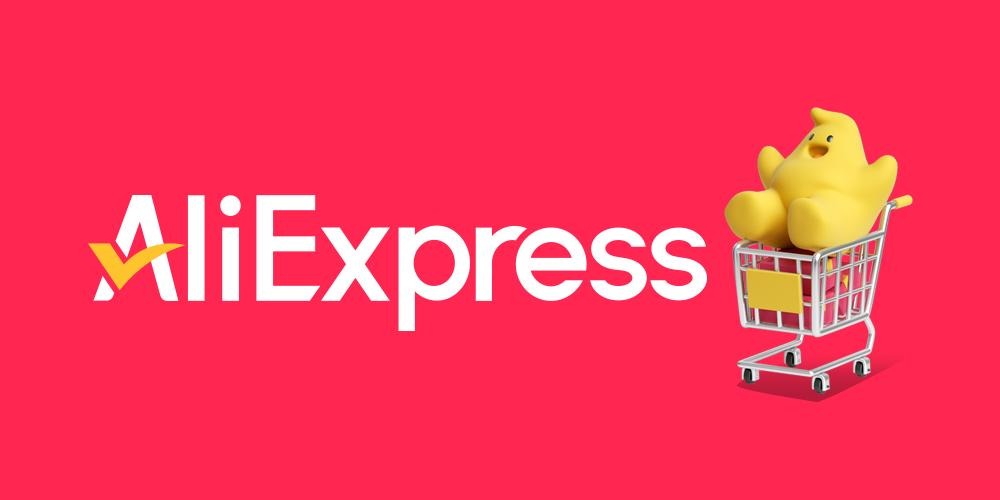
Online selling has become a goldmine for shoppers, dropshippers, and side hustlers looking to uncover products that sell. With millions of listings, though, the real challenge isn’t finding products—it’s finding the right ones. The best sellers are often hidden under layers of similar listings, knockoffs, and low-quality options. That’s why learning how to master AliExpress search can completely change the way you shop or build your business.
In this guide, we’ll walk through a step-by-step process to discover trending, reliable, and profitable products by using AliExpress’s built-in tools and some clever cross-platform research.
Why AliExpress Search Matters
Whether you’re a bargain hunter or a dropshipper, the search process directly affects what you end up buying or selling. A quick, unfiltered search might show flashy listings, but not necessarily the ones people actually purchase—or the ones with the best margins for resale. By using filters, rankings, and comparisons strategically, you can save hours of trial and error while uncovering products with proven demand.
Step 1: Explore the “Top Rankings” Page
AliExpress’s Top Rankings section is one of the easiest ways to see what’s trending. This page categorizes best-sellers across niches like electronics, fashion, home, beauty, toys, and more.
Why this works:
- Products here already have proven demand.
- You can spot seasonal trends (think summer gadgets or winter gear).
- It’s a quick way to build a shortlist of ideas before diving deeper.
Tip: Don’t just stick to the first page. Sometimes hidden gems sit a little further down the list, where competition isn’t as fierce but sales are still strong.
Step 2: Filter by “Orders”
Once you have a category in mind, use the “Sort by Orders” filter. This shows listings ranked by the number of purchases.
What to look for:
- Items with thousands of orders—these are high-volume, proven products.
- Consistent reviews above 4.5 stars.
- A balance between popularity and niche. Oversaturated products (like generic phone cases) may not be worth selling.
Example: Searching “portable blender” and filtering by orders will instantly show you which sellers have the most reliable, best-selling versions.
Step 3: Check Seller Ratings and Reviews
High order numbers aren’t enough—you need to confirm quality. Dive into seller ratings, detailed reviews, and buyer photos.
Key indicators:
- Positive Feedback Rate: Anything above 95% is a green flag.
- Buyer Photos: Real-life usage shows quality better than polished listing images.
- Review Trends: Consistent complaints (like shipping delays or faulty parts) should steer you away.
Step 4: Compare Prices with Amazon
This step is especially important for dropshippers.AliExpress prices can be low, but the real opportunity lies in comparing with Amazon (or eBay, Walmart, etc.) to check profit margins.
How to do it:
- Take your shortlisted product.
- Search the same item or equivalent on Amazon.
- Compare prices.
Example: If a mini desk fan sells for $7 on AliExpress but $29.99 on Amazon, you’ve found a product with healthy profit potential.
Extra tip: Use Chrome extensions like DSers, Oberlo, or AMZScout to speed up cross-platform comparisons.
Step 5: Analyze Trends with Google & Social Media
Sometimes, a product might look promising but could be on the decline. Back up your search with trend analysis.
- Google Trends: See if searches for the product are rising or falling.
- TikTok & Instagram: Viral products often explode first on social media before dominating AliExpress sales.
- Reddit Communities: Subreddits like r/dropship or r/findit help surface niche products before they hit mainstream.
Step 6: Watch Out for Red Flags
Not all “best sellers” are worth your time. Here are some red flags to avoid:
- Too many identical listings: Saturation makes it hard to stand out.
- Unrealistic prices: If something feels too cheap, it often means poor quality or fake reviews.
- Restricted items: Make sure products aren’t banned or restricted in your target country.
Step 7: Build Your Shortlist
After filtering, comparing, and reviewing, create a shortlist of 3–5 products per niche that check all the boxes:
- High order volume
- Strong reviews
- Quality sellers
- Profitable margins (if reselling)
- Steady or rising demand
Mastering AliExpress search isn’t about stumbling on random products—it’s about building a systematic approach. By starting with Top Rankings, refining with Orders, checking seller credibility, and validating with Amazon price comparisons and trend analysis, you can uncover the true winners hiding in plain sight. Whether you’re just shopping smart or building a dropshipping empire, these steps will save time, reduce risk, and maximize returns.Consistency is key—repeating this process regularly helps you stay ahead of trends and spot emerging products before competitors do. Documenting your findings allows you to refine your strategy over time. Pay attention to seasonal fluctuations and viral social media products to capture the right moment. With practice, you’ll develop an instinct for identifying high-potential items quickly. Ultimately, this method turns overwhelming search results into actionable insights, making every AliExpress visit a productive one.